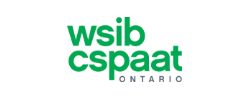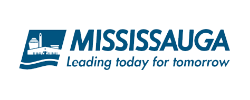Water penetration over the top of a wall, often referred to as overtopping, is a common issue in both natural and built environments. It typically occurs when rainwater or floodwater builds up against barriers such as walls during severe weather events. This buildup can lead to significant structural and property damage if not properly managed. Moreover, areas with inadequate drainage systems are particularly vulnerable, as water accumulates quickly and increases the likelihood of overtopping, emphasizing the need for effective water management solutions.
Hydrostatic Pressure and Environmental Factors
Water can penetrate over the top of a wall primarily through hydrostatic pressure, which builds as water depth increases due to heavy rainfall or rapid flooding, exerting more force on barriers like walls. This pressure can escalate quickly, pushing water over wall tops. Additionally, environmental factors such as strong winds can intensify this pressure, driving water upwards and over the wall, particularly during intense storms.
Rainwater Overtopping
Overtopping occurs when water accumulates faster than it can drain, leading to water spilling over the top of the wall. This can cause significant water damage, especially if the wall’s height or design does not adequately account for local rainfall patterns and flood risks.
Wind-Driven Rain Effects
Sometimes, water penetration does not involve a direct overflow but occurs due to strong winds that drive rainwater over the wall as spray or splash-over. This can happen even when the water accumulation itself does not reach the top of the wall, with the wind-carrying droplets and small amounts of water over the barrier.
Structural and Material Considerations
The effectiveness of a wall in resisting water penetration also depends on its material and structural integrity. Porous materials or walls with visible cracks and gaps facilitate water seepage. The wall’s design—its curvature, slope, or additional protective features—also affects how water interacts with it, influencing the likelihood and extent of overtopping.
Preventative Measures
To prevent or reduce overtopping, “Umbrella Waterproofing” designs and implements solutions like adequate wall heights and effective drainage systems. We also specialize in applying waterproof coatings and seals that improve resistance to water pressure and prevent seepage. Regular maintenance and checks ensure that protective measures remain effective, especially after severe weather events.
Get professional basement waterproofing services, at Umbrella Waterproofing and Plumbing Solutions call (647) 408-3262.








